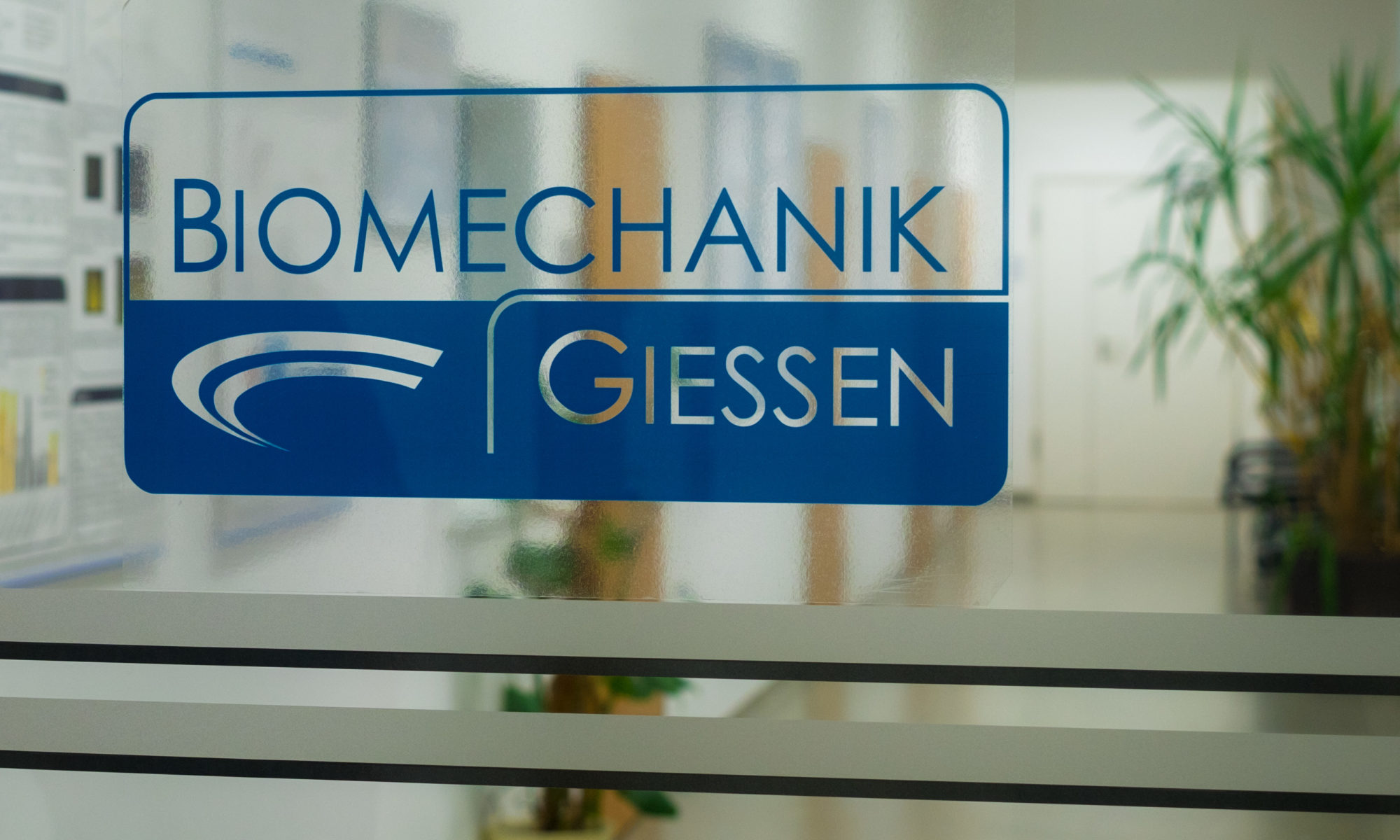Fölsch C 1 , Dharma J 2 , Fonseca Ulloa CA 2 , Lips KS 3 , Rickert M 4 , Pruss A 5 , Jahnke A 2
Cell Tissue Bank. 2020 Sep;21(3):457-468.doi: 10.1007/s10561-020-09832-5. Epub 2020 Apr 20.
- Department of Orthopaedic Surgery, Justus-Liebig-University Medical School, Klinikstrasse 33, 35392, Giessen, Germany. christian.foelsch@ortho.med.uni-giessen.de.
- Labarotory of Biomechanics, Department of Orthopaedic Surgery, Justus-Liebig-University Medical School, Klinikstrasse 29, 35392, Giessen, Germany.
- Laboratory of Experimental Trauma Surgery, Justus-Liebig-University, Aulweg 128, 35392, Giessen, Germany.
- Department of Orthopaedic Surgery, Justus-Liebig-University Medical School, Klinikstrasse 33, 35392, Giessen, Germany.
- University Tissue Bank, Institute of Transfusion Medicine, Charité University Medical School, Charitéplatz 1, 10117, Berlin, Germany.
Abstract
Allogeneic bone derived from living donors being necessary to match demand for bone transplantation and thermodisinfection of femoral heads is an established sterilization method. During the thermodisinfection the peripheral bone is exposed to maximum 86 °C for 94 min providing 82.5 °C within the center of the femoral head for at least 15 min. This study examined the compression force of the central and representative peripheral regions of native and thermodisinfected human femoral heads to observe wether different duration and intensity of heat exposure might alter mechanic behaviour. Slices from the equatorial region of human femoral heads were taken from each 14 native and thermodisinfected human femoral heads. The central area revealed a significantly higher compression force for native (p ≤ 0.001) and for thermodisinfected bone (p = 0.002 and p = 0.005) compared with peripheral regions since no relevant differences were found between the peripheral and intermediate areas themselves. A small reduction of compression force for thermodisinfected bone was shown since this did not appear significant due to the small number of specimens. The heat exposure did not alter the pre-existing anatomical changes of the microarchitecture of the native femoral heads from the center towards the peripheral regions. The heterogeneity of microstructure of the femoral head might be of interest concerning clinical applications of bone grafts since the difference between native and thermodisinfected bone appears moderate as shown previously. The different quantity of heat exposure did not reveal any significant influence on compression force which might enable thermodisinfection of preformed bone pieces for surgical indications.
Keywords: Allogeneic bone; Bone bank procedures; Compression force; Human femoral head; Microarchitecture bone; Thermodisinfection.
